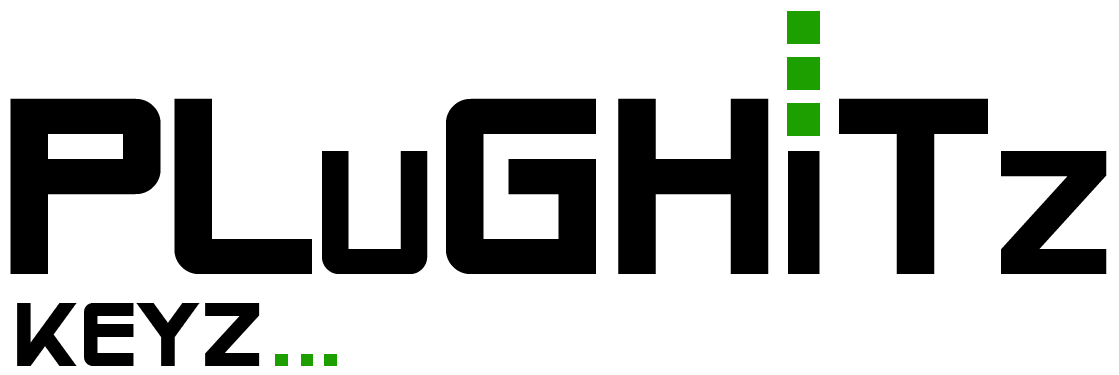Microsoft to Reveal Final Windows 10 Feature List and Consumer Preview in January
posted Saturday Nov 29, 2014 by Scott Ertz

For various reasons, Microsoft has had trouble getting traction with its Windows 8 operating system. One of these reasons has been incorrect information about the options and capabilities of the OS perpetuated by people calling themselves tech press. As a result, Windows 8.1 came about, putting the features which were already available upfront.
This trick worked, which meant that they continued trying to listen to what people thought they were missing and either adding the features or making them more visible to the end user. At the same time, the company decided that it was high time for their two flagship operating systems, Windows and Windows Phone, to converge into a single platform. This means a single development and deployment path for developers and a more consistent user interface for users, assuming people keep the consistent interface.
Enter Windows 10, a strangely named skip in the naming convention (Windows 9 was skipped for programming purposes). The Technical Preview for Windows 10 has been out for a little while, and we have been running it in the office to test out its coming feature set. It is an interesting change in interaction that will probably make some desktop users happy, though personally I am close to reverting to Windows 8 style.
Technical Preview builds have been fairly steady, though Microsoft announced that the latest build would be the last of the year. As it turns out, it could be the last, period, as it appears that January will bring an event and Consumer Preview for the operating system. The event should reveal the final list of features for the market release of the operating system, and the Consumer Preview should show off all of the Technical Preview features, plus more.
We are hoping to see one particular feature: Continuum. This feature allows the operating system to adjust to the computer's current state. For example, let's consider the Surface Pro 3. Without the keyboard, the computer would be in tablet mode, which looks and feels a lot like Windows 8.1. When you add in the keyboard, it could adjust itself to function as if it was a laptop, though I'm not sure what variations might exist. On a docking station, it could go into desktop mode, allowing for smaller hit boxes and a Start menu.
Personally, I am looking forward to seeing a Consumer Preview packed with Continuum, as well as Cortana. The search button on the taskbar is nothing but a tease for those of us who know what promise it holds. I also hope that Hulu will play more than a video before crashing.

